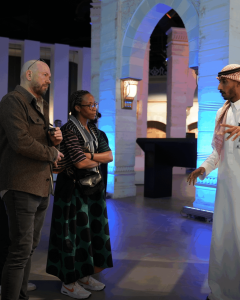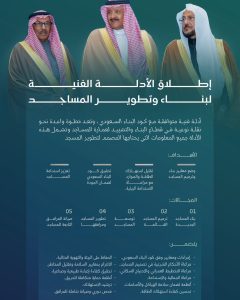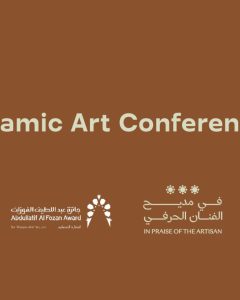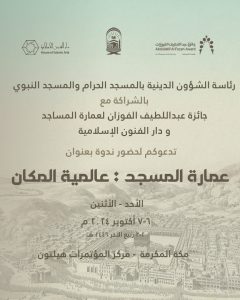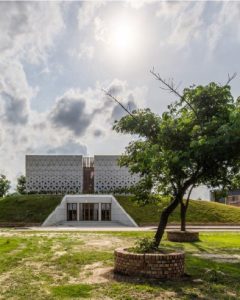The holy message of Islam had set new horizons for the equity of humans’ right in freedom and justice. It had been born, to unify the vast world in its different communities under its umbrella. The divine message had stipulated a universal jurisprudence, to serve this end. This spirit had been reflected on the appearance and essence in the art of the mosque architecture in the Muslim world from Orient to Marrakech, displaying its inspirations, influences and radiance. Hereto, the Islamic Architecture had been open to civilizational exchange, loaning other architecture styles in building mosques and affecting these foreign styles in their various architectural constrictions as well.
The characteristics of mosque architecture had been elicited from the own perspective of Quran and speculations of Islamic faith regarding the human course of life and right of individuality. Thusly, it could be acknowledged that the Islamic faith has been the leading motif of the entire artistic and architectural styles of mosque architecture all over the world. On these grounds, it is assumed that mosques in all their forms and interior contents abide by the Islamic teachings, ideology and aesthetics; thanks to the holy Quran and the habitual practice of Muhammad (PBUH).
After the rise of the Muslim Empire, wealthy Muslims and rulers felt that they owe their fortune to God. Therefore, they started to show their gratitude by allotting a huge sum of their expenditures to mosque architecture. This urbanization move had enthused architects and artisans, to shoulder the assigned mission to them in supreme proficiency and innovation. This coursework took place in the framework of the Islamic regulations, since they were Muslims. As aforementioned, mosque architecture was inspired from the holy Quran and habitual practices of the prophet (PBUH).
Each Muslim architect beard in mind, the verses they heard, recited and memorized from the holy Quran;
{Say, “Who has forbidden the adornment of Allah which He has produced for His servants and the good [lawful] things of provision?” Say, “They are for those who believe during the worldly life [but] exclusively for them on the Day of Resurrection.” Thus do We detail the verses for a people who know.}Al-A’raf; 32.
Likewise, these construction experts and architects were oblivious of the fact that God appreciates the adornment of life; for He has bestowed His subjects with wealth and sons. No wonder, He has ornamented the universe with the sky and its constellations, stars and planets. In addition, He gifted the Earth with Man in the best of stature, trees and flowers in their contrasting coloration and the rest of creatures in all their variation. Then, He ordered them to kneel down to His creation and meditate its grandeur. God says;
{Have they not looked at the heaven above them – how We structured it and adorned it and [how] it has no rifts?} Qaf; 6.
That is to say, the Almighty Creator, Evolver and Shaper has created the universe in absolute exquisiteness, for his successors of authority to sublimate beauty. God addresses righteous Muslims saying;
{And you [people] do not do any deed except that We are witness over you} Yunus; 61
Consequently, it has been necessary, to scrutinize the art of mosque architecture from Orient to Marrakech, detecting the architectural their underlying unity and diversity. Furthermore, it is to cast a light on theornamental splendor fruited from the exchange of both parties’ conception of beauty in mosque architecture and tracing the influences of both of them on each other. Most interestingly, these studies would reveal the urban styles and social conventions of the Muslim communities in each era.
It is historically authenticated, that the Moroccans came by the Orient; as pilgrims, students, merchants and visitors. Henceforward, Egypt and Kingdom of Saudi Arabia became the most prominent cosmopolitan castles, for the comers to settle, and mosque architecture art exchange to occur. This took place in the melting pot city; Alexandria, pilgrimages, visits, Arabs’ migrations and the commercial exchange between the Orient and Marrakech. This fusion appeared in the Moroccan style of mosque architecture in the Orient and those of Oriental traits in Marrakech and Andalucía. Eventually, the targeted unity had been achieved in terms of the mutual open courtyards and prayer halls in diverse architectural characteristics and ornamentation from Orient to Marrakech.
